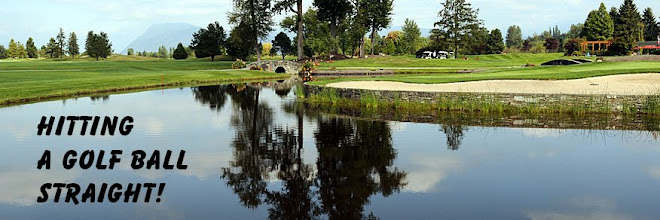We all read articles and magazines with golf tips and they all make sense over a coffee in the club house, but then you have to put them into action on the course and that’s the hard bit. So, you know the basics and could probably tell them coherently to someone else, but can you train yourself to put what you know into practice at the 14th? The difference between watching an instructional video and doing it yourself is that you can’t see the whole affair - we are not blessed with helicopter vision of ourselves.
Logically then, you need to be able to see what you’re doing. When my eldest son started playing, we would find a quiet time on the course and take a camcorder with us, so that I could capture his game and we could analyze it later. The downside was that he felt the need to reciprocate, so I would have to have my fluffed shots examined in great detail too! Don’t do this on a busy course and never, ever hold up the following players.
Many people would never stop to consider that a golf pro would use any kind of teaching aid to improve his golf swing, but the real truth is that they certainly do. They didn’t get their reliable golf swing without constant work. The golf coach will introduce golf swing aids into the golf pro’s practice regime and while not all of us can afford their own golf coach, we can improvise, and learn something from the way the pros do it and that is to find a strategy that works and stick with it.
Some golf swing aids are very effective, whilst others are not so practical. There is no simple gadget that I have found that will transform your game without work. Do your research and you will uncover some good stuff that will help you; try to find practical aids and if you can, try them out before you buy.
In summary, you need to focus on something that is helping your golf swing and stick with it. Without doubt, you need to see yourself in action, so some kind of video is necessary and you can often get video analysis with the club pro in the driving range. Don’t rush out and buy the latest aid, but think about what you need, and then work at it.
For a great golf swing Click Here
Or Click Here! for a free golf tips newsletter.
